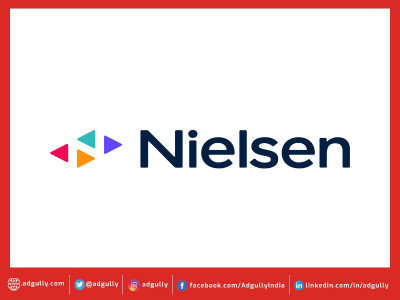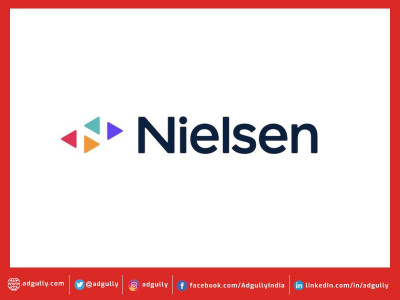Streaming is the future, but consumers are currently overwhelmed by choice
Nielsen, a global leader in audience measurement, data and analytics, released its inaugural State of Play report, which highlights the increasing boom of video content in both linear and streaming in recent years. Overall, Americans increased their average weekly time streaming video by 18%, with a year-over-year increase from 143.2 billion streamed minutes to 169.4 billion between February 2021 and February 2022.
The report reveals two other key takeaways: streaming service consumption is expected to grow, with 93% of Americans reporting they will increase their paid streaming services or make no changes to their existing plans over the next year, and over the last three years there was an 18% increase in all available video content.
However, due to a nearly 20% increase in unique programme titles over the past three years, nearly half of audiences (46%) feel overwhelmed by the growing number of services and platforms that makes it more difficult to find the content they’re looking for. The State of Play report leverages Nielsen TV measurement and streaming data, insights from Gracenote, a Nielsen company, and findings from an online custom survey of U.S. video streamers.
Amid the seemingly overwhelming choices provided by new streaming platforms, subscription video on demand (SVOD) now accounts for 53% of minutes streamed. Of the 4 hours, 49 minutes per day that the average American spends watching content, 1:22 of that is through connected TV (CTV).
In addition to providing streaming consumption trends and consumer sentiment, State of Play details how the streaming landscape has broadened beyond traditional SVOD services. Ad-supported VOD, multichannel video programming distributors (MVPDs) and virtual MVPDs (vMVPDs) have grown to account for 35%. And, the percentage of homes with YouTube TV—the vMVPD with the highest household penetration—has grown by over 160% since 2020.
Nielsen’s State of Play report shows consumers now have over 817,000 unique programme titles as of February 2022 vs. more than 646,000 as recently as December 2019. The increase in content also comes with an increase in consumption, as 18% of Americans are now paying for four streaming services vs. the 7% who did so in 2019. In February of this year, content from streaming platforms accounted for just under 29% of consumers’ total time with TV, ahead of broadcast programming (26.4%) for the fourth straight month, according to Nielsen’s The Gauge, its monthly total TV and streaming snapshot. In total, Americans watched nearly 15 million years’ worth of streaming video content last year.
Asked about whether bundled streaming services might make it easier for consumers to find the content they are seeking, 64% of respondents indicated they wish there was a bundled video streaming service that would allow them to choose as few or as many video streaming services that they wanted.
“The inaugural State of Play really underscores the fact that we’ve entered the next phase of streaming, based on the trends we have been detailing about streaming over the past few years,” says Brian Fuhrer, SVP, Product Strategy, Nielsen. “We’ve moved from infancy into adolescence, and all the complexities that one would expect at that point. It’s not just that streaming is increasing year over year. Now consumers want access simplified and the explosion of services has renewed discussions around bundling and aggregation. Ultimately, these challenges signal an opportunity as the industry harnesses streaming for long-term business growth.”















Share
Facebook
YouTube
Tweet
Twitter
LinkedIn